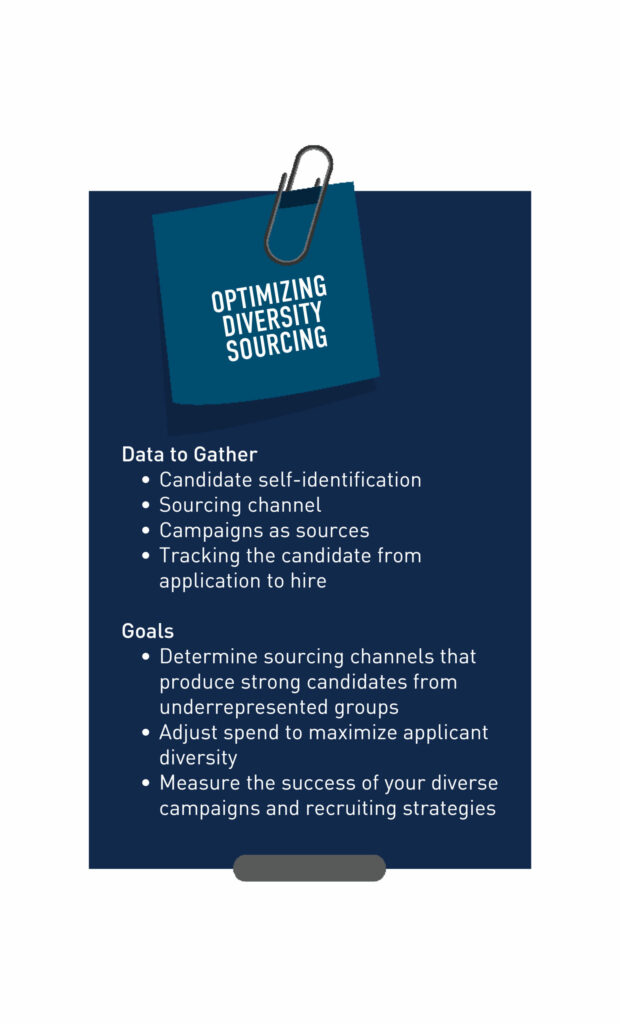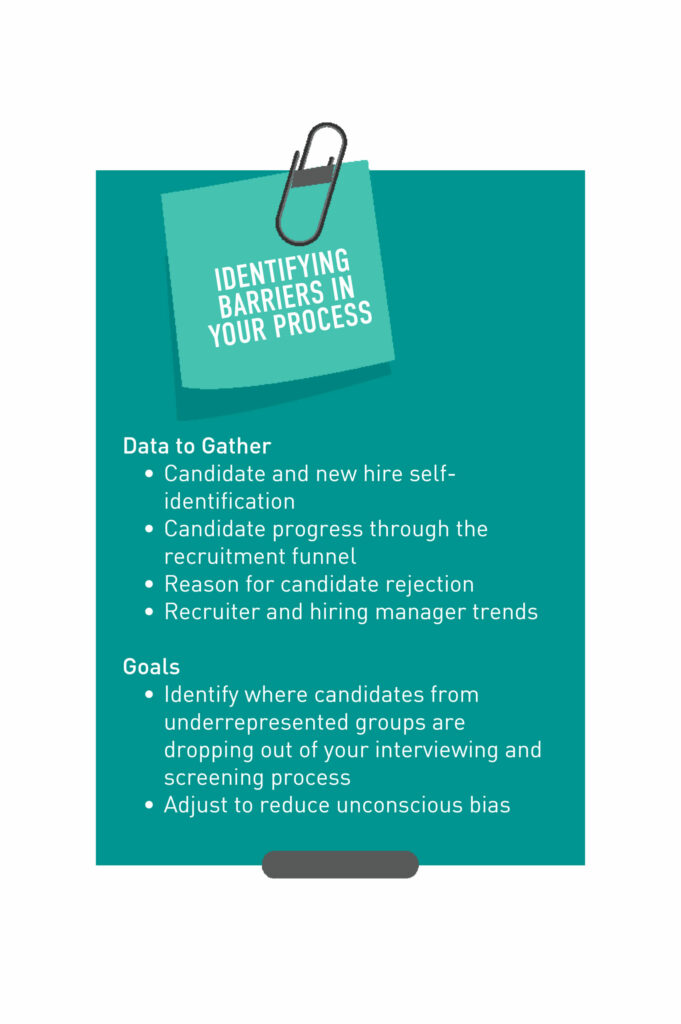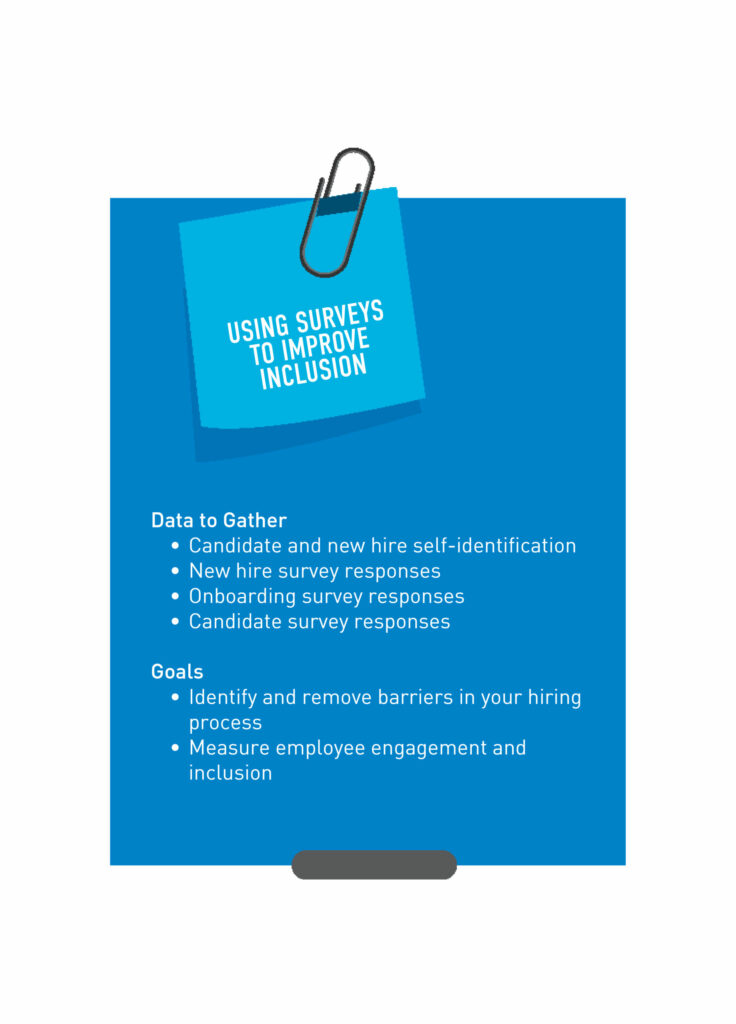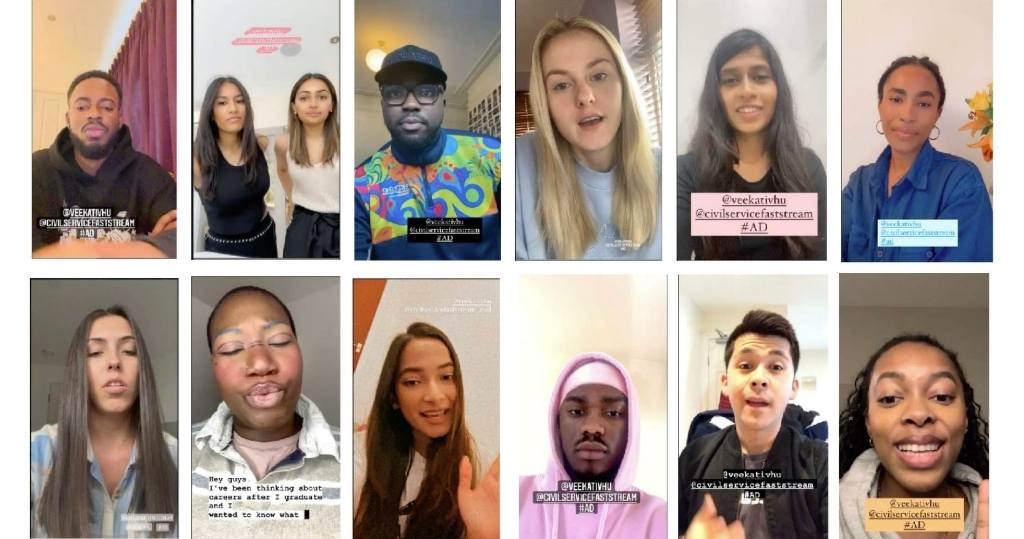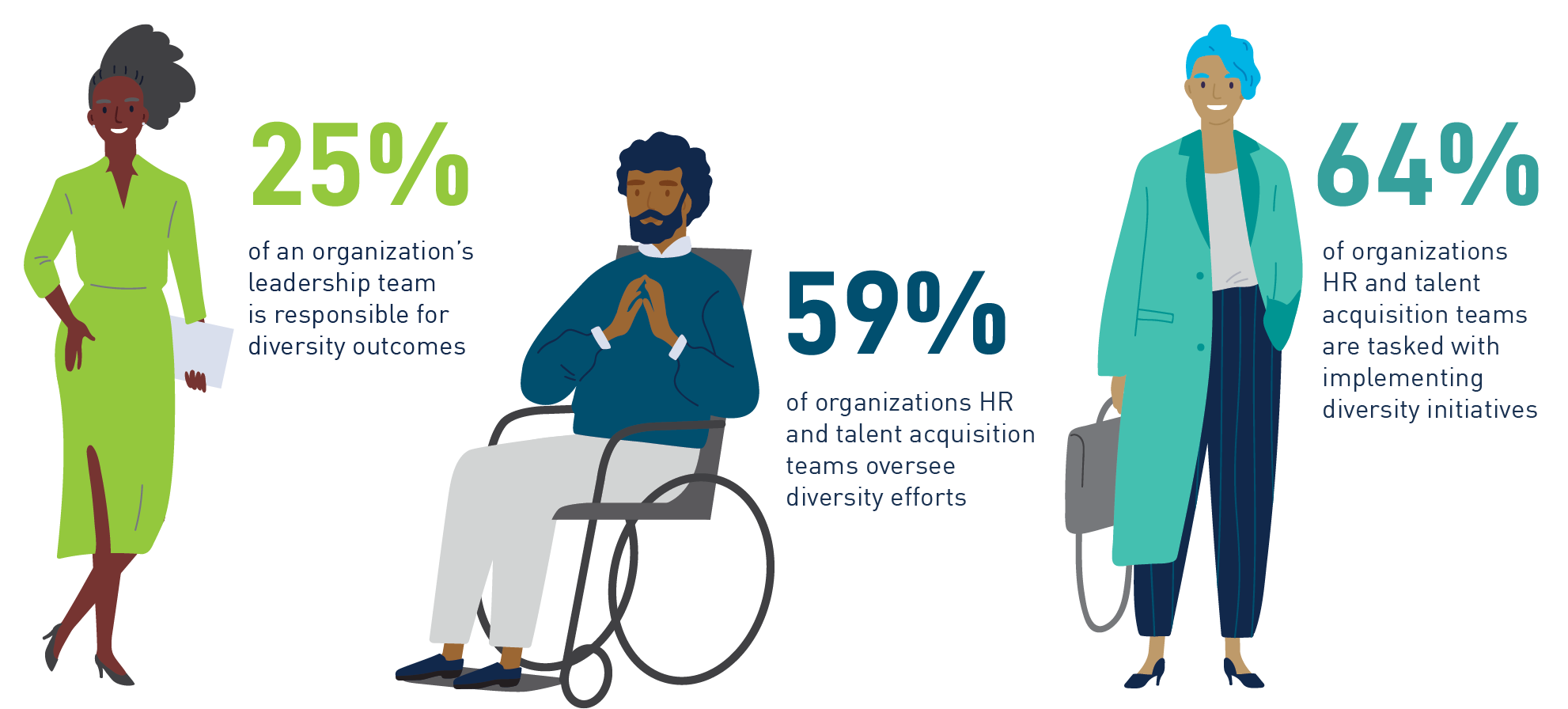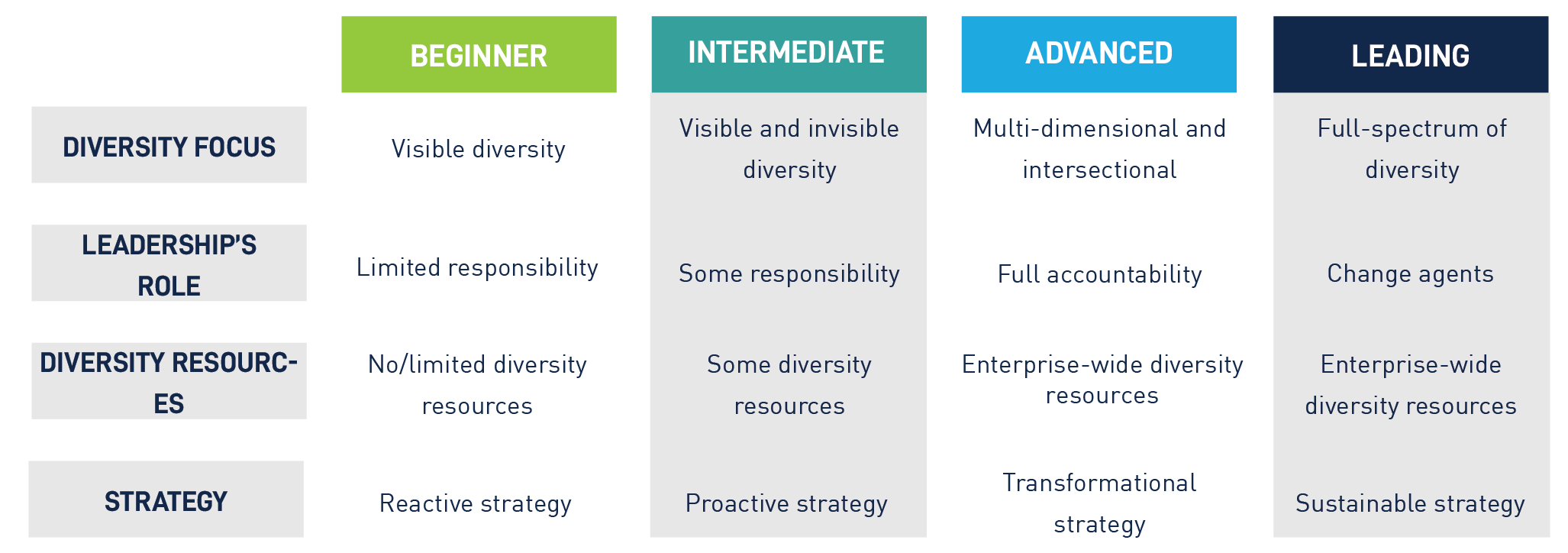We all know that the past year has been tough – especially for women in the workforce. In fact, job losses have disproportionally affected women, who also typically handle the lion’s share of the work at home – which is multiplied once you add lockdowns and homeschooling into the mix. But, we also know that female leaders across the globe have a wealth of knowledge – lessons they’ve learned throughout their career and lessons they’re learning now, as well as advice for other women in the workforce.
That’s why we’re sharing the stories, experiences and advice of our diverse group of female leaders at PeopleScout: We reached out to women from all around the world and at all levels of the company – from our rising leaders to our most senior executives – about what it means to be a woman in leadership in 2021, how they got to where they are, and how to create work environments where even more women can succeed. Here are some of their thoughtful insights.
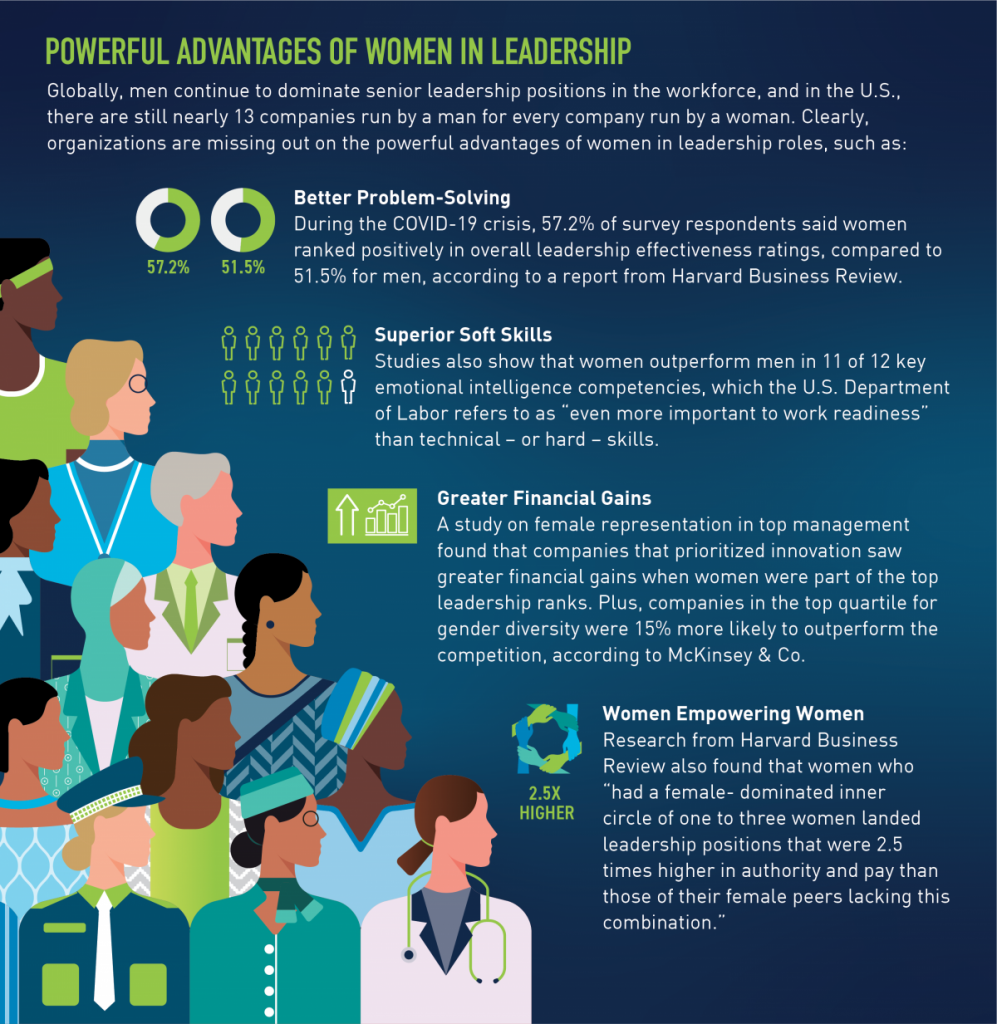
What does leadership mean?
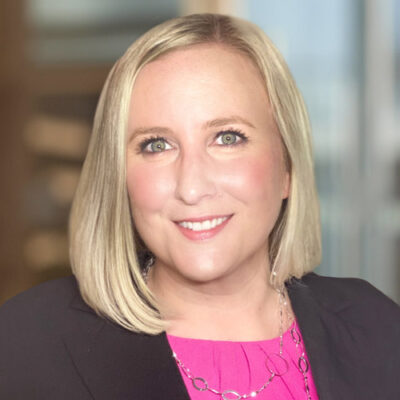
ANDREA BROGGER
chief people officer
TrueBlue, U.S.
“Leadership means flexibility and it means courage. A courageous leader knows when to step ahead and lead when no one else wants to, but they also know when to take a step back and encourage others to step forward and take over the lead. A resilient leader knows their own and their team’s strengths and weaknesses and knows when and where to tap into those as a project or situation changes. They know how to get back up and keep driving forward even when things don’t go as planned.”

CAROLINE SABETTI
senior vice president, global marketing and communications
PeopleReady, PeopleScout, U.S.
“Two key leadership practices that I find helpful are maintaining a long-term perspective and seeing the opportunity in obstacles. We all naturally have self-doubts, particularly at times of change or when taking on a high-profile, challenging project. I have found that when you remain mindful of your past successes and remember the obstacles that you have already overcome, you can own the grit, tenacity and power that you possess. Tapping into that power, believing in it, and remembering that you can face more than you may feel in the moment is empowering. And when you maintain that confident and positive outlook and raise your hand to take on more when faced with change or challenge, the biggest opportunities often come your way.”
Any good leader is a lifelong learner taking in experiences, learning from mistakes and listening to mentors. So, what lessons shape our leaders?

ALLISON BRIGDEN
interim head of business operations
PeopleScout, U.S.
“One of the lessons that has helped me in my career I learned at a very young age. I remember whenever I would mention something about my sister or brother to my parents, they would say, ‘You should focus on yourself in terms of what you need to do and what your goals and objectives are and not worry about what everyone else is doing.’ That advice has served me well in my career and focusing on what meaningful ways I can personally contribute to our mission and objectives. Everyone has a unique offering they bring that can contribute to the mission and objectives we have as an organisation.”

SARAH LUNDGREN
director of MSP
PeopleScout, Australia
“After 15 years, I’ve learned many lessons, but the most important to me is that opportunities don’t just happen; you need to create them. I’ve found that networking and building relationships before I needed them were so invaluable to my future opportunities. I also found that I wasn’t afraid to say when I didn’t know something. I was able to validate a time that would work for everyone to return an answer. This also tied back into an opportunity to leverage my network and relationships that I previously built and tap into their knowledge to help me solve what I was looking for.”
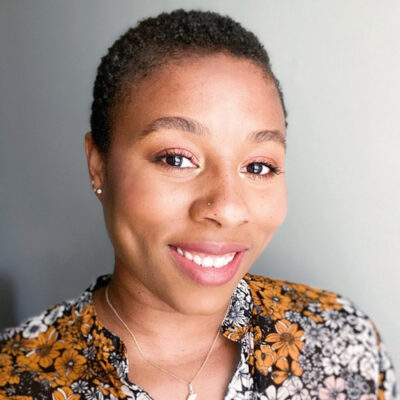
SHANNON BENNETT
digital marketing manager
PeopleScout U.S.
“One of the biggest lessons I’ve learned that has contributed to my success is a mindset of learning through obstacles. The hallmark of my career has been figuring out how to accomplish big goals with a very small team. It’s challenging. And, it really has resulted in so much confidence in my ability to grow. If I don’t know something, I learn it. If I don’t have someone to teach me, I find the right resources to teach myself.”

KATE DENNIS
senior director, brand & creative
PeopleReady, PeopleScout & TrueBlue, U.S.
“Don’t be afraid to lean into responsibility and take on tasks or projects that might challenge you, even if they may not fall into your official job description. We, as humans, learn and grow through problem-solving, so we’re able to enrich our skillsets and feel accomplished when we overcome obstacles. By raising your hand often, your colleagues and leaders will learn that they can count on you. And, when you follow through on your promises to them, they learn that they can trust you.”
What advice do you have for the next generation of female leaders?

NUTAN PANDA
senior director, global support
PeopleScout, India
“There is no secret to success. It is sheer hard work and investment of the most valuable resource that you have: Your time. I believe moving out of your comfort zone and overcoming your fears by first accepting and then solving for them helps you stand strong and move forward in your career. Get real and acknowledge that you may not be able to do everything on your own. Build your tribe by staying connected with people across functions and teams.”

YENALI BOBADILLA
scrum master/agile project manager
PeopleScout, Australia
“The best advice I can give – that I’ve also received – is to be vocal and speak up. Constantly communicate which opportunities and projects you would like to be involved with. Remember, your leaders are not mind-readers, so you need to be very vocal about career goals and the support you need from them so they can help and guide you.”

SARAH CANDELARIO
senior director, marketing & communications
PeopleScout, U.S.
“I recommend finding either a mentor or a support structure, whether that’s within your family, with peers or even just friends you have in similar situations. Create a network where you can reach out; ask questions; get feedback and advice; and just talk through some of the issues that you might face being a leader or just being a woman in the workforce on a daily basis. This structure can be a place where you can communicate; talk about ideas and solutions; and get that reinforcement to help you be more confident in your day-to-day job and as a leader.”
Whether it’s family, a manager, a mentor or a friend, we all have at least one person who has contributed to our success. Who provides our female leaders with inspiration?

AISLING HOLLOWOOD
delivery director
PeopleScout, UK
“When I was approached about applying for the maternity cover of my manager, I felt a little anxious and hesitant about stepping into that role and what that would mean. A client partner in the organisation who’d been there for about 20 years gave me a call [and] told it to me straight. She said, ‘If you don’t go for this, you’ll end up training your manager and knowing that you could have done it better. What do you want to do?’ Sometimes, you need those people to give you a nudge in the right direction and really lay it out for you [in] black and white.”

KASIA FUCHS
business support manager
PeopleScout, Poland
“During my career with PeopleScout, I’ve had the pleasure to meet many inspiring women whose passion, work, and impact have encouraged me to follow my career path and become empowered in my everyday work. These are women working on different seniority levels, having different experience, and coming from different cultures and backgrounds. The trust and the support within our current team of women is extremely important and makes me strong and confident.”
We all have a role in making the workplace a better and more equitable place for women and people of all backgrounds. So, how do we do that?

REBBIE HOWELL
vice president, client delivery
PeopleScout, U.S.
“I think we underestimate the empathy and the personal aspect that women bring to work. A lot of times, it’s looking to be a leader that listens and understands what’s going on from a work/life balance perspective. Yes, I want to hear about your successes at work, but I also want to get to know you and what drives you outside of work. I would also say empower. It’s fostering an environment and empowering women within the organisation to feel comfortable, to be authentic and to speak up. It’s giving a safe space to be able to come to work and do that.”

ANNA TURNER
vice president of product
PeopleScout, U.S.
“One of the things we can do is being more thoughtful about the events we have and when they’re occurring. For example, with a team happy hour, one of the challenges is that evenings can be tough for women who have young kids. If you’re a leader thinking about setting up events to help build relationships, consider what might be possible during the workday to accommodate all team members. In addition, start paying attention to who is getting time to talk. The more we level the playing field and give everyone a voice, the better it is going to be for diverse perspectives to emerge.”
